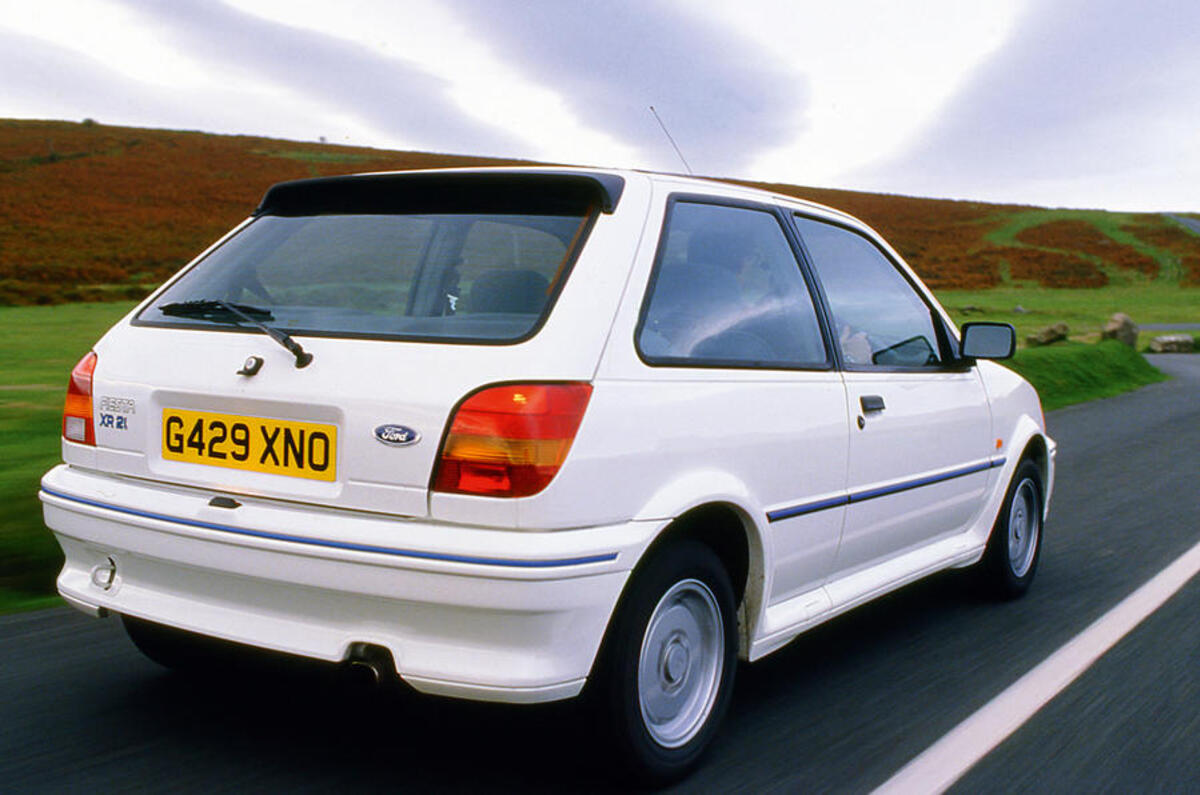We need to talk about throttle response.
You know, the reaction time between the flex of your big toe and the engine’s responses – the one that has become increasingly dulled through a period of downsizing engines, increasing reliance on turbochargers and ever-more-complicated control software.
I’m not talking about expensive and exotic machinery, because they have complex, trick systems to overcome the response hindrance of blown cylinders – like the Ferrari 488 GTB, which uses dark magic to give its pair of constantly spinning turbos razor sharp reaction times, or the naturally aspirated Audi R8, which arguably has the most reactive engine in production. I’m talking about run-of the-mill, boggo-spec cars.
These attainable models, produced with fuel economy and CO2 output in mind, have slowly extended the connection between the synapses in your brain and the fuel injectors in the cylinder head. They have rubberised this imaginary cable so much that many of us now proclaim engines are responsive, when in comparison to drivetrains of yesteryear, they are not.
There are a few cars that have dodged the lag bullet – like the Subaru BRZ, which I’m running on the Autocar long-term test fleet, with its atmospheric 2.0-litre flat four. But even cars like this can’t match the simpler engines in times gone past. I was reminded of this recently when driving a very tatty-looking Mk3 Ford Fiesta with a 1.6-litre engine. It was slow, but its engine felt directly wired to my toes - and this wasn't a particularly reactive car in its day. If you’ve ever driven a Mk1 Ford Ka, you’ll have an idea of what I’m talking about, and perhaps understand why my impression of the attainable end of the new car market is that it has lost a once easily enjoyable feature of driving almost entirely.

This trend is nothing new, of course; it’s been happening for about two decades. And I actually thought recent growths in hybrid power, with its instantaneous electric shove, could help curb the issue. But a drive in the new Mini Cooper S E Countryman PHEV (pictured above) confirmed that hybrid cars like that, including the otherwise excellent Volkswagen Golf GTE, still have disjointed power bands - not the instant and seamless surge of power that more expensive hybrids, such as the BMW i8, flaunt. Their brain to metal connection still isn’t natural.
This has me wondering – are we destined for a world of petrol engine cars with delayed responses and inconsistent power delivery? Will the driving enthusiast’s age-old love of quick throttle response with a sharp rise in engine revs soon be completely killed off, replaced by a sea of models offering unnatural, stepped acceleration?
You could say that the things that make the i8’s blend of petrol and electric power so fluid will trickle down into budget machinery, but I’m not so convinced. Surely electric power will become prevalent before this level of refinement is reached in affordable hybrid cars. There’s certainly no hope for a resurgence in pure combustion engines, because the Government is pushing through legislation that will remove them from the market from 2040. Really, there’s no hope.
I should add that I am a supporter of electric and hybrid power, because I understand why it’s important to clean up our city air and reduce our impact on the planet’s atmosphere. I also concur that pure electric cars are bloody responsive. But I still love the cheap thrills of a reactive petrol motor, ready to spin up with a rorty note at your beck and call.
Sadly, I think we’ve reached the end of the line with that.
Read more:
Ford Fiesta XR2i vs Peugeot 205 GTI - Throwback Thursday
Video: Renault Zoe e-sport driven flat-out on track
The scalable technology that could save the combustion engine




Join the debate
Add your comment
THROTTLE RESPONSE
Will anyone care once we have gone autonomous. The majority of the car buying public who buy base range vehicles are more concerned with running costs and packaging.
Hydrogen misconception?
John368, apologies if I have this wrong but I think you may have a misconception regarding hydrogen fuelled cars. Vehicles like the Honda Clarity don't have a piston engine that uses hydrogen rather than a hydrocarbon. They use a fuel cell in which the hydrogen creates an electric current (by essentially the same reaction as burning it) to drive a motor. Thus they drive, response wise, like an electric. I realise you might have meant that they don't have a heavy battery pack, so the handling experience is more familiar. If so, I think you're probably right. In other respects, you have a good point - I think it would be easier to adapt petrol stations to have hydrogen pumps than to create a vast rapid charging network but making all that hydrogen is another matter, more so, I suspect, than increasing grid capacity for electrics.
Hydrogen internal combustion engine
I think what John368 may be referring to is what's known as the Hydrogen Internal Combustion Engine Vehicle (HICEV). This can be a relatively simple adaptation of a conventional petrol engine, much cheaper to produce than a hydrogen fuel cell and able to use an existing drivertrain - and with very similar driving characteristrics. Plus it has virtually zero pollutant emissions with just water coming out of the tailpipe.
But, while such an engine has its merits, it has the disadvantage of being less powerful than an equivalent size petrol engine and only about half as efficient as a fuel cell. For these reasons, no manufacturer seems to be pursuing it - although BMW did produce a number of 7-Series based HICEV prototypes about a decade ago.
In mass-market cars, throttle
In mass-market cars, throttle response was a bug, not a feature. Most people actively don't want snappy throttle response which is why it's engineered out, except on vehicles whose primary market is people who actually like driving.